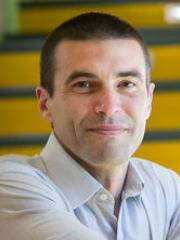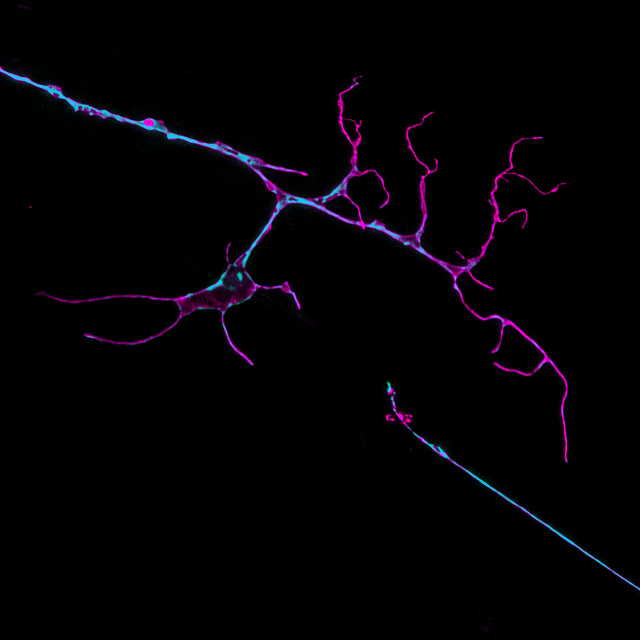Professor Massimo Hilliard

 Professor Massimo Hilliard: Molecular and cellular neurobiology
Professor Massimo Hilliard: Molecular and cellular neurobiology
The Hilliard laboratory is focused on understanding the molecular mechanisms that regulate neuronal development, maintenance and repair, using C. elegans as a model system. The group’s current research goals are: (1) how the axon, which is the longest of the neuronal processes, is subdivided into structurally and functionally different compartments, (2) how the axon maintains its structure and function over the lifetime of the organism, and (3) how the axon can be repaired when severing damage occurs.
Researcher biography
Queensland Brain Institute
Dr Massimo A. Hilliard received his PhD in Biological Chemistry and Molecular Biology in 2001 from the University of Naples, Italy. His experimental work, performed at the Institute of Genetics and Biophysics of the CNR (Italian National Council of Research), was aimed at understanding the neuronal and genetic basis of aversive taste behavior (bitter taste) in C. elegans.
During his first postdoc at the University of California, San Diego, using the Ca2+ indicator Cameleon he published the first direct visualisation of chemosensory activity in C. elegans neurons. In his second postdoctoral work at the University of California, San Francisco and at The Rockefeller University, he switched from neuronal function to neuronal development, focusing in particular on how neurons establish and orient their polarity with respect to extracellular cues.
From September 2007, he is at the Queensland Brain Institute where he established an independent laboratory.
